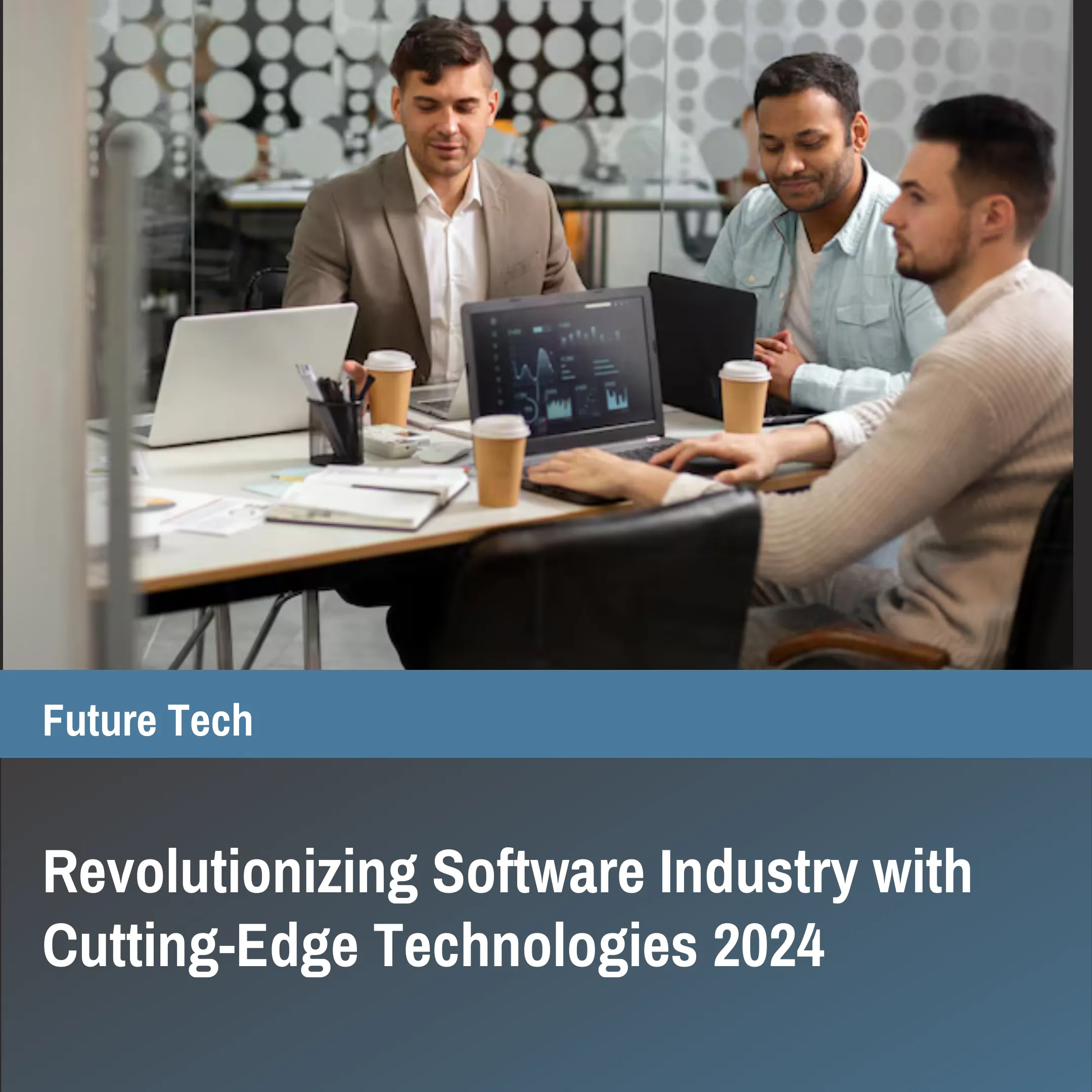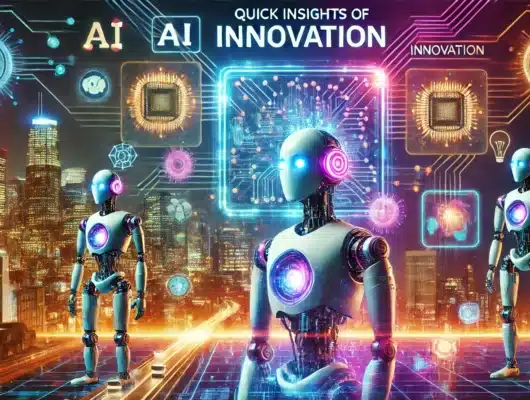In 2024, the software development landscape will be marked by rapid evolution, with emerging technologies playing a pivotal role. For startups, businesses, and companies, it’s essential to recognize the importance of staying ahead in this dynamic environment. The latest software technologies are not only driving innovation but also have the potential to revolutionize industries. Adopting these advancements is key to maintaining competitiveness and relevance within the IT sector.
Suma Droid, a leader in software outsourcing, brings a wealth of expertise and experience to the table. With a thorough understanding of software development trends, Suma Droid is well-positioned to help businesses leverage the power of cutting-edge technologies. Their insights and knowledge are invaluable for both startups and established companies navigating the ever-evolving digital landscape.
In this blog, we will explore the most recent software technologies of 2024. We’ll discuss the critical considerations for implementing these innovations and examine their impact on various industries. By the end, you’ll gain a clear understanding of current software development trends and their significance in today’s digital world.
Let’s dive in!
10 Must-Watch Latest Technologies in Software for 2024
In 2024, the software development industry is on the brink of a remarkable transformation, driven by cutting-edge innovations. These emerging software technologies are set to reshape the landscape, offering businesses and developers new avenues for growth and innovation, ultimately revolutionizing the way software applications are created and utilized.
Let’s dive into the ten must-watch technologies that will define the software development landscape in 2024.
1. Quantum Computing
Quantum Computing is one of the most groundbreaking advancements in technology, representing a major shift from traditional computing methods. It leverages the complex principles of quantum mechanics to process information in a fundamentally different way compared to classical computers.
This revolutionary technology has the potential to transform various industries, including finance, healthcare, and logistics. Quantum computing’s extraordinary computational power enables it to solve complex problems that were previously considered unsolvable, such as intricate optimization tasks and cracking cryptographic codes. As this technology continues to evolve, it is set to revolutionize the software industry by offering unmatched speed and capability in data processing and analysis.
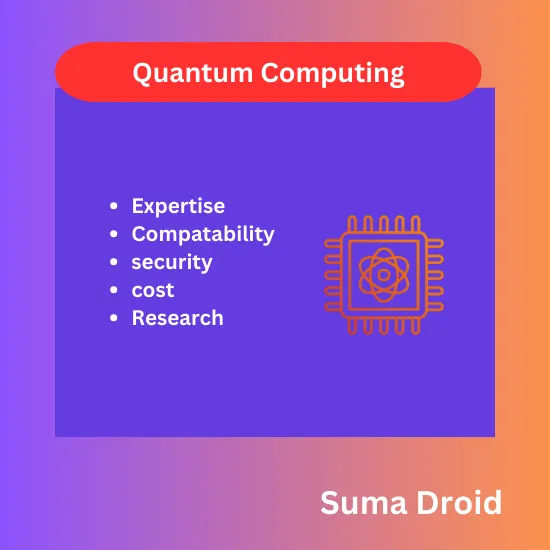
Key Considerations for Implementing Quantum Computing
When adopting Quantum Computing, it’s essential to consider several factors to ensure its successful integration into your software ecosystem:
- Expertise: Invest in hiring or training teams with proficiency in quantum programming languages and algorithms.
- Compatibility: Assess how well your existing software infrastructure can integrate with quantum technologies.
- Security: Address the unique security challenges posed by quantum computing, and develop robust encryption strategies.
- Costs: Perform a thorough cost-benefit analysis to evaluate the potential return on investment for quantum computing initiatives.
- Research: Stay informed about the latest advancements in quantum software and hardware to make educated decisions.
Adopting Quantum Computing requires careful strategic planning. It offers immense potential for those ready to embrace its capabilities while also navigating the associated challenges and opportunities.
2. DevOps and CI/CD
DevOps and Continuous Integration/Continuous Deployment (CI/CD) are integral to modern software practices. DevOps fosters a collaborative environment between development and operations teams to streamline the software lifecycle. CI/CD focuses on automating testing and deployment processes, ensuring rapid and reliable delivery of code changes.
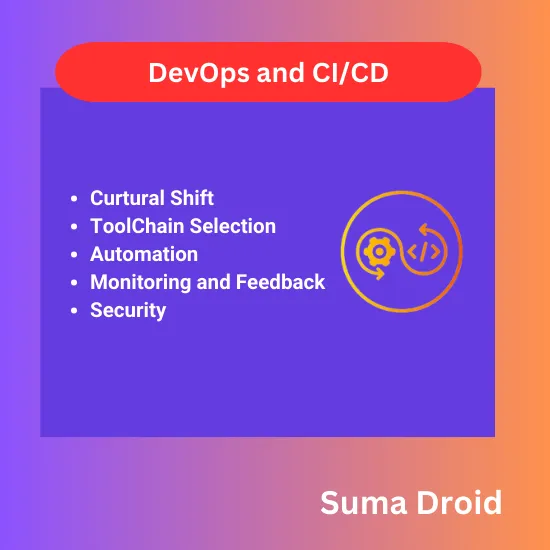
Key Considerations for DevOps and CI/CD
- Cultural Shift: Promote a culture of collaboration and accountability.
- Toolchain Selection: Choose tools and pipelines that fit your development needs.
- Automation: Implement automation to minimize manual errors.
- Monitoring and Feedback: Establish mechanisms for continuous process improvement.
- Security: Integrate security checks into CI/CD pipelines.
3. Artificial Intelligence (AI) and Machine Learning (ML)
Artificial Intelligence (AI) and Machine Learning (ML) continue to transform the software industry by enabling systems to perform tasks that require human-like intelligence, such as data analysis, speech recognition, and predictive analytics. AI and ML drive innovation across various sectors, creating opportunities for more sophisticated and intelligent applications.
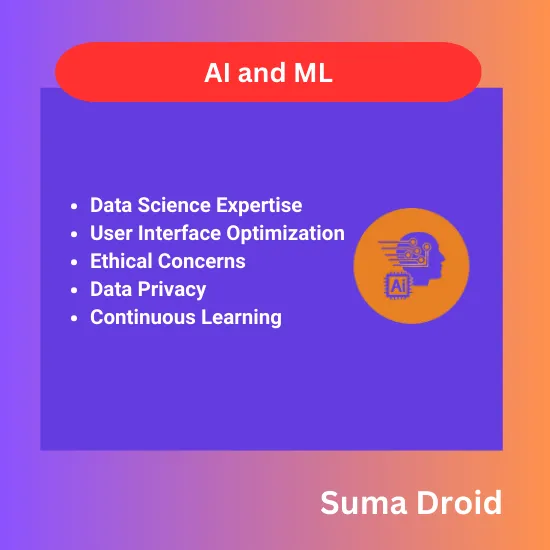
Key Considerations for AI and ML
- Data Science Expertise: Skilled professionals are crucial for effective AI and ML projects.
- User Interface Optimization: Ensure a seamless interface for user interactions.
- Ethical Concerns: Address biases and ensure fairness in algorithms.
- Data Privacy: Comply with data protection regulations to maintain trust.
- Continuous Learning: Regularly update and refine models to stay relevant.
4. Low-Code/No-Code Development
Low-Code/No-Code Development is revolutionizing application development by enabling users with minimal coding knowledge to build software solutions. This approach accelerates development processes, reduces costs, and increases flexibility, allowing businesses to respond quickly to market demands.

Key Considerations for Low-Code/No-Code Development
- Skill Levels: Evaluate your team’s ability to leverage Low-Code/No-Code platforms.
- Scalability: Ensure the platform can grow with your application needs.
- Integration: Assess how well these solutions integrate with existing systems.
- Security: Implement robust security measures to protect applications and data.
- Training: Provide necessary training to maximize platform benefits.
5. Virtual Reality (VR) and Augmented Reality (AR)
Virtual Reality (VR) and Augmented Reality (AR) are transforming interactions with digital and physical environments. VR creates immersive virtual experiences, while AR overlays digital information onto the real world. These technologies have applications in gaming, healthcare, education, and more, enhancing user experiences and providing realistic simulations.

Key Considerations for VR and AR
- Hardware Requirements: Ensure compatibility with user devices.
- Content Creation: Develop engaging content relevant to your industry.
- User Experience: Design for maximum engagement and usability.
- Application Scope: Identify specific use cases where VR and AR add value.
- Cost Analysis: Evaluate the costs of implementation and maintenance.
6. Big Data and Data Analytics
Big Data and Data Analytics are pivotal in handling and interpreting vast amounts of data. Big Data involves collecting large volumes of structured and unstructured data, while Data Analytics focuses on extracting actionable insights from this information. These technologies are crucial for informed decision-making across various sectors.

Key Considerations for Big Data and Data Analytics
- Data Quality: Ensure accuracy and consistency for reliable analytics.
- Scalability: Design systems to handle increasing data volumes.
- Privacy and Compliance: Adhere to data privacy regulations.
- Data Integration: Combine data from multiple sources for a comprehensive view.
- Analytics Tools: Select appropriate tools for your needs.
7. Internet of Things (IoT)
The Internet of Things (IoT) is revolutionizing how devices and objects interact through embedded sensors and connectivity. IoT impacts various industries, including healthcare, where it supports remote monitoring and patient care. This technology enables real-time data collection and process optimization.
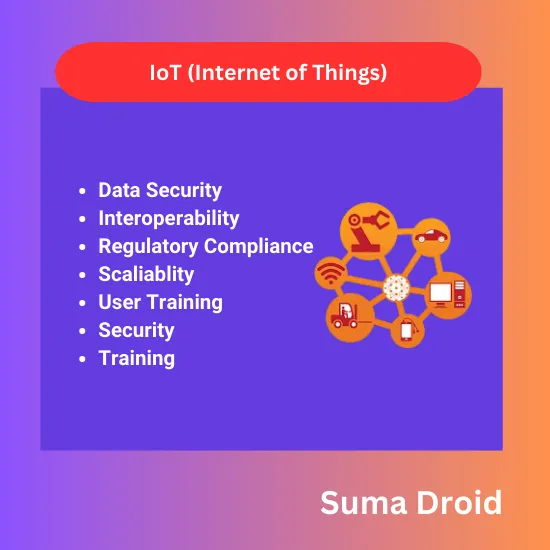
Key Considerations for IoT
- Data Security: Implement strong encryption and security measures.
- Interoperability: Ensure seamless integration with existing systems.
- Regulatory Compliance: Follow industry regulations to maintain data privacy.
- Scalability: Plan for future growth of IoT infrastructure.
- User Training: Educate users on effective and secure device use.
8. 5G Technology
5G Technology is set to transform connectivity with faster speeds, lower latency, and increased capacity. This technology supports the integration of data-intensive applications and enhances the connectivity of devices across various sectors, including smart cities and autonomous vehicles.

Key Considerations for 5G Technology
- Infrastructure: Confirm 5G infrastructure availability in your target market.
- Compatibility: Check if existing applications are compatible with 5G.
- Security: Address cybersecurity concerns related to increased connectivity.
- User Experience: Leverage 5G’s speed and low latency to enhance user experiences.
- Regulatory Compliance: Be aware of local regulations and spectrum licensing.
9. Containerization and Kubernetes
Containerization and Kubernetes are transforming software development by streamlining the process of deploying and managing applications. Containerization packages applications with their dependencies, while Kubernetes automates their deployment, scaling, and management.
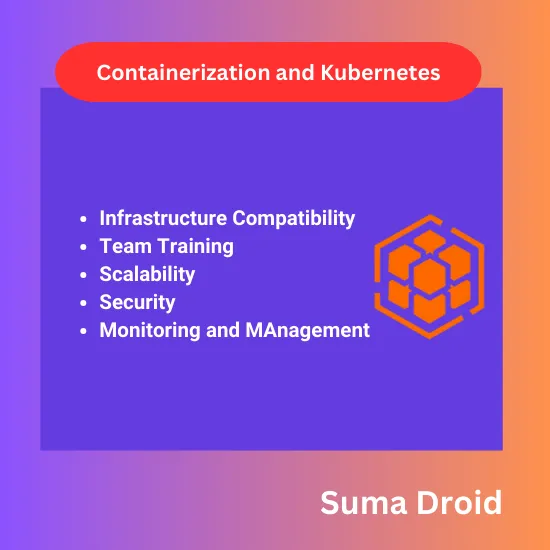
Key Considerations for Containerization and Kubernetes
- Infrastructure Compatibility: Ensure your infrastructure supports these technologies.
- Team Training: Train your teams to use containerization and Kubernetes effectively.
- Security: Implement security measures for containers and clusters.
- Scalability: Design applications for scalability with Kubernetes.
- Monitoring and Management: Use appropriate tools for monitoring containerized workloads.
10. Progressive Web Apps (PWAs)
Progressive Web Apps (PWAs) offer a hybrid approach to web and mobile development, delivering an app-like experience through a web browser. PWAs are fast, responsive, and secure, providing users with a seamless experience while being discoverable via search engines.

Key Considerations for PWAs
- Performance: Optimize for fast loading times and smooth interactions.
- Offline Access: Enable offline functionality for uninterrupted access.
- Cross-Browser Compatibility: Test PWAs across different browsers for consistency.
- Engagement: Utilize features like push notifications to boost user retention.
- Security: Follow best practices to safeguard user data.
Key Considerations for Implementing the Latest Software Technologies
As the software development landscape evolves with new technologies, it’s essential for businesses and developers to carefully consider several key factors when integrating these innovations. Proper consideration ensures successful implementation and maximizes the benefits of the latest software tech.
Here are five crucial considerations for adopting the latest software technologies:
1. Alignment with Business Goals
Before integrating new software technologies, ensure they align with your organization’s strategic objectives. Evaluate how these technologies can support your business goals, such as enhancing user experience or improving operational efficiency. Aligning technology with business goals helps drive digital transformation and achieve better outcomes.
2. Security and Data Management
In the face of increasing cyber threats, prioritizing security and data management is critical. Implement robust security measures to protect your software systems and sensitive data. Utilize advanced cloud computing and network security solutions to safeguard against potential breaches. Stay informed about the latest cybersecurity trends and consider technologies like robotic process automation to enhance your security protocols.
3. Talent and Skill Development
A rapidly changing technology landscape requires a skilled workforce. Invest in training your software developers and engineers to keep up with the latest programming languages and software engineering practices. Offer training on emerging technologies such as artificial intelligence (AI) and machine learning (ML). Utilize online resources like Exam-labs and Examcollecton to further your team’s expertise.
4. Scalability and Flexibility
Assess the scalability and flexibility of new software technologies to ensure they can adapt to evolving demands and trends. For example, when developing applications for the Internet of Things (IoT), ensure your software can scale to accommodate an increasing number of connected devices. Scalability and flexibility are essential for maintaining a competitive edge in a dynamic market.
5. Return on Investment (ROI)
Evaluate the return on investment (ROI) for adopting new technologies. Consider the cost-effectiveness of integrating these innovations and the potential benefits they offer. Factor in the average salaries of software developers and data scientists in your region, and weigh these costs against the anticipated advantages. Use predictive analytics to measure the impact on your business intelligence and overall success.
Key Takeaways
Staying ahead in the software industry requires exploring and implementing the latest technologies effectively. Ensure that new innovations align with your business goals and are integrated thoughtfully. Comprehensive planning, testing, and skilled development teams are vital for successful technology adoption.
Stay Updated
To keep up with the latest software technologies and trends, subscribe to our newsletter. For more information or inquiries, contact us at resources@sumadroid.co. Staying informed and prepared is crucial for leveraging new technologies successfully.


